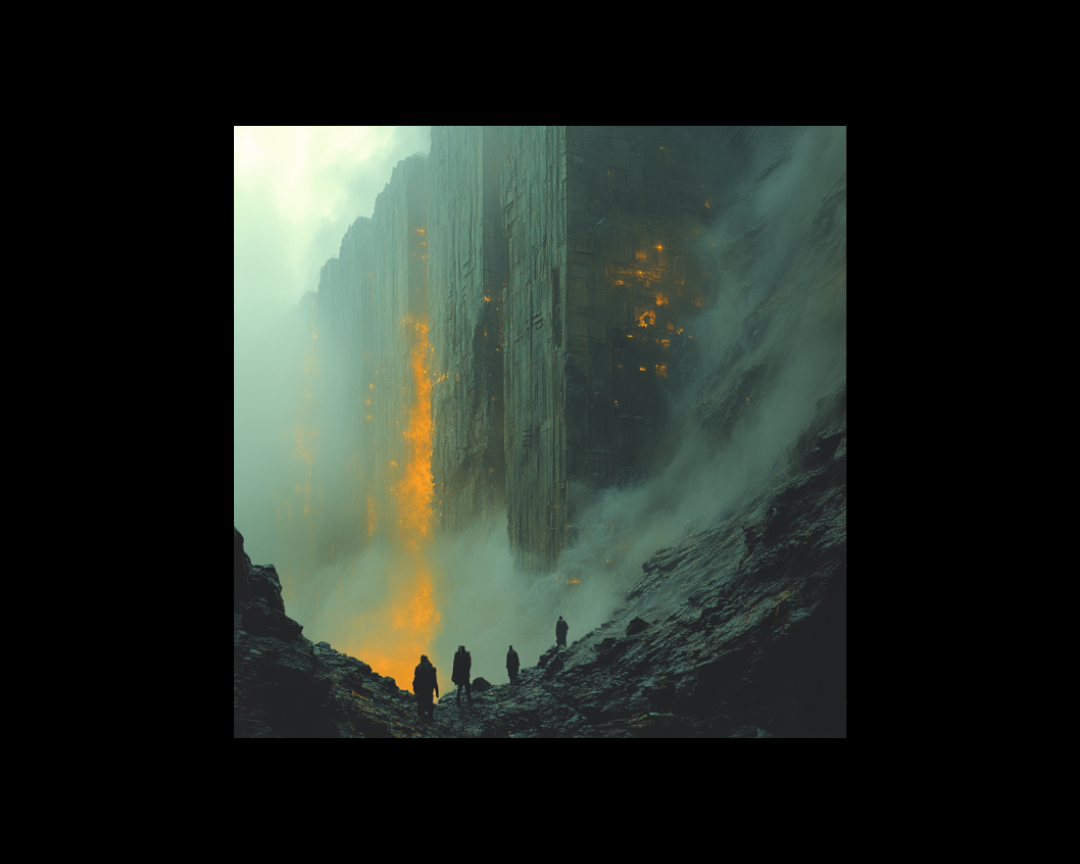Editing highly specialized material can be daunting, especially when it's outside your expertise. This article offers proven strategies to help you tackle technical content with confidence, ensuring you deliver polished, accurate, and reader-friendly material.
Understanding Your Writer
As an editor, it's crucial to understand the perspective and background of the writer you're working with. This understanding will inform your approach and help you provide the most valuable feedback.
The Subject Matter Expert
Most technical writers are experts in their field first, writers second. This dynamic brings unique challenges and opportunities to the editing process.
- Content is likely accurate: Trust that the technical information is correct, allowing you to focus on improving the writing quality.
- Writing experience varies: Some may be seasoned bloggers, while others might be first-time authors.
- Depth of knowledge: Writers may assume reader knowledge, requiring you to identify areas that need more explanation.

Respecting the Author
Maintaining a positive and respectful relationship with the author is key to a successful editing process.
- Treat all authors equally: Whether working with a novice or an experienced writer, approach the work with the same level of respect and professionalism.
- Provide constructive feedback: Frame your comments and suggestions in a way that helps the author improve their writing skills.
- Acknowledge expertise: Recognize and appreciate the author's subject matter expertise, even if their writing needs improvement.
Conducting Content Research
To effectively edit technical content, you'll need to familiarize yourself with the subject matter. This research phase is crucial for understanding the context and nuances of the material you're editing.
Familiarizing Yourself with the Topic
Before diving into the edit, take some time to get acquainted with the subject matter.
- Read introductory material: Start with sources like Wikipedia to get a general overview of the topic.
- Identify key terms and concepts: Make note of important terminology and foundational ideas in the field.
- Explore reputable sources: Look for authoritative websites or publications in the industry to deepen your understanding.
Handling Unfamiliar Jargon
Technical writing often includes specialized terminology. Here's how to navigate unfamiliar jargon:
- Search online for the phrase: If it's commonly used in the industry, you'll likely find multiple relevant results.
- Consider the intended audience: Determine if the jargon is appropriate for the target readers.
- Query the author or project manager: If you're unsure about a term, don't hesitate to ask for clarification.

Navigating Complex Concepts
Even if you don't fully grasp every technical detail, you can still effectively edit the content.
- Look for logical flow: Ensure ideas are presented in a coherent and organized manner.
- Check for smooth transitions: Verify that the text guides readers from one concept to the next seamlessly.
- Conduct brief online searches: Before asking the author, try to find answers to your questions through quick research.
- Leave comments for the writer: When clarification is needed, clearly communicate your questions or concerns.
Types of Edits
Understanding the scope of the edit you've been asked to perform is crucial for meeting expectations and delivering appropriate feedback.
Developmental Edits
A developmental edit focuses on the big picture of the content.
- Evaluate overall structure and organization
- Assess the completeness and relevance of information
- Suggest additions or removals of content sections
Line Edits
Line editing involves a more detailed review of the writing at the sentence level.
- Improve clarity and readability
- Enhance sentence structure and flow
- Refine word choice and tone
Copy Edits
Copy editing is the most granular type of edit, focusing on technical correctness.
- Correct grammar, punctuation, and spelling errors
- Ensure adherence to style guide requirements
- Verify consistency in formatting and terminology
When to Expand the Scope
Sometimes, you may find that the content requires a more extensive edit than initially requested.
- Leave comments with suggestions: Highlight areas that might benefit from a deeper edit.
- Communicate with your manager: Discuss the need for a more comprehensive edit and its potential impact on timelines and resources.
The Fine Line Between Editing and Rewriting
Knowing when to edit and when to rewrite is a crucial skill for technical editors. It's important to preserve the author's voice and expertise while ensuring the content is clear and effective.
When to Avoid Rewriting
In most cases, your goal should be to enhance the existing content rather than completely rewrite it.
- Retain the author's voice: Preserve the unique style and tone of the original writing.
- Maintain technical accuracy: Avoid introducing errors by rewriting complex technical explanations.
- Query the writer for clarification: When something is unclear, ask the author for more information or a revised explanation.
When Rewriting May Be Necessary
There are situations where rewriting portions of the content might be the best approach.
- You've been asked for a heavier edit: Confirm that a more substantial revision is within the scope of your assignment.
- You have sufficient subject knowledge: Ensure you're confident in your understanding of the technical material before rewriting.
- The writing quality is consistently poor: If the entire piece needs significant improvement, discuss the possibility of a rewrite with your manager and the author.
Editing ESL (English as a Second Language) Content
Technical writing often involves working with authors who are not native English speakers. This presents unique challenges and opportunities for editors.
Respecting Cultural and Linguistic Differences
- Preserve the author's voice: Avoid introducing idioms or cultural references that may not be natural for the author.
- Be mindful of sentence structure: Some languages have different syntactical norms; make changes judiciously.
- Focus on clarity: Prioritize clear communication over perfect idiomatic English.
Addressing Common ESL Challenges
- Pay attention to article usage: 'The', 'a', and 'an' are often challenging for ESL writers.
- Watch for preposition errors: These small words can significantly impact meaning.
- Be aware of false cognates: Words that sound similar in different languages but have different meanings.
Maintaining Professionalism in Communication
- Use clear, simple language in your queries and comments.
- Avoid colloquialisms or jokes that might be misinterpreted.
- Provide explanations for your edits when necessary to help the author learn.
Addressing Major Issues
Sometimes, editors encounter problems that go beyond typical editing concerns. Knowing how to handle these situations professionally is crucial.
Inaccurate or Superficial Writing
When you suspect the content lacks depth or accuracy:
- Consult a technical reviewer: If available, have an expert in the field review the content.
- Communicate concerns to the project manager: Clearly outline your observations and recommendations.
- Suggest additional research: Encourage the author to provide more depth or supporting evidence.
Detecting AI-Generated Content
With the rise of AI writing tools, editors need to be vigilant. Look for:
- Repetitive sentences or ideas
- Lack of specific examples or personal insights
- Inconsistencies in tone or expertise level
- Generic language that lacks depth
If you suspect AI-generated content:
- Address the issue with the author directly
- Emphasize the importance of original, expert-written content
- Request revisions with more personal insights and specific examples
Handling Plagiarism
Plagiarism can seriously damage a publication's reputation. Here's how to address it:
- Use plagiarism checkers: Tools like Copyscape can help identify copied content.
- Be aware of sudden changes in writing style or quality within a piece.
- Address first offenses professionally: Explain the issue and request proper citation or rewriting.
- Escalate recurring issues: If plagiarism persists, inform management to take appropriate action.

Best Practices for Technical Editing
To excel in technical editing, consider these additional tips:
Maintain Consistency
- Create or follow a style guide specific to the technical field.
- Ensure consistent use of terminology throughout the document.
- Pay attention to formatting of technical elements like code snippets or equations.
Enhance Readability
- Break long paragraphs into smaller, digestible chunks.
- Suggest the use of bullet points or numbered lists for complex processes.
- Encourage the inclusion of relevant examples or analogies to clarify difficult concepts.
Verify References and Citations
- Check that all sources are properly cited according to the required style guide.
- Verify that links to online resources are current and functional.
- Ensure that referenced studies or data are from reputable sources.
Technical Editing Tips
Editing technical content requires a unique blend of linguistic skill, subject matter understanding, and diplomatic communication. By following these guidelines, you can navigate even the most complex editing tasks with confidence. Remember to:
- Respect the author's expertise while enhancing their writing
- Conduct necessary research to understand the subject matter
- Adapt your editing approach based on the type of edit required and the author's background
- Address major issues professionally and proactively
With practice and patience, you'll become adept at polishing technical content, making it accessible and valuable to its intended audience.
 Writing Team
:
Aug 5, 2024 5:22:09 PM
Writing Team
:
Aug 5, 2024 5:22:09 PM
-1.png)


